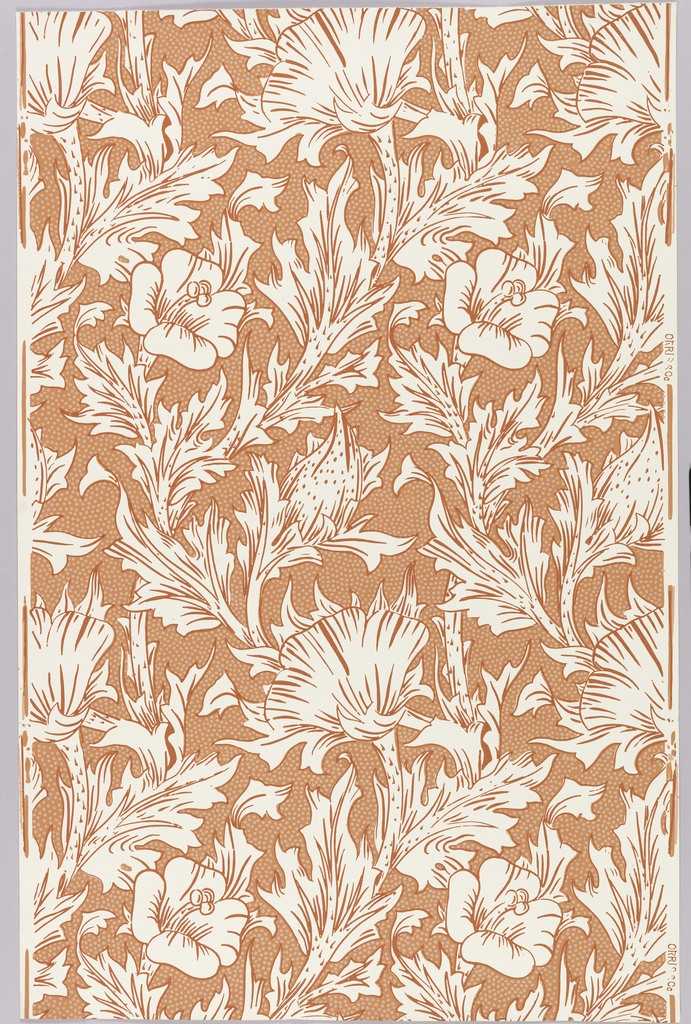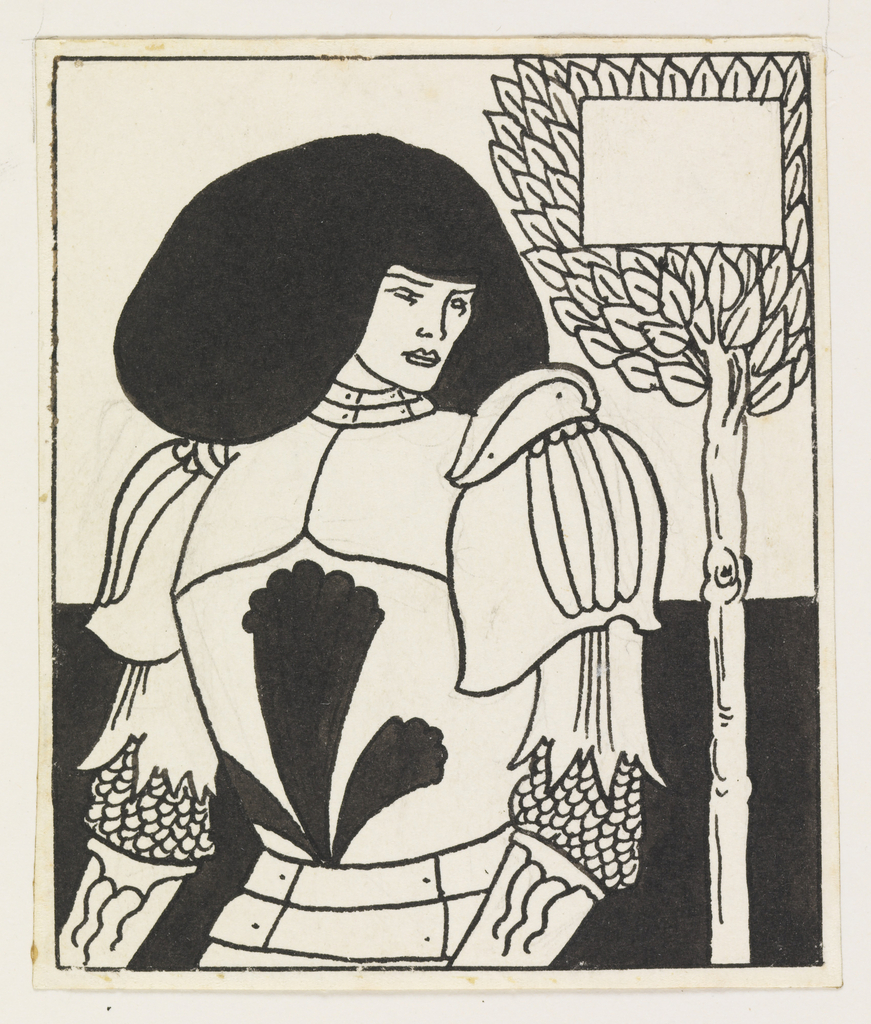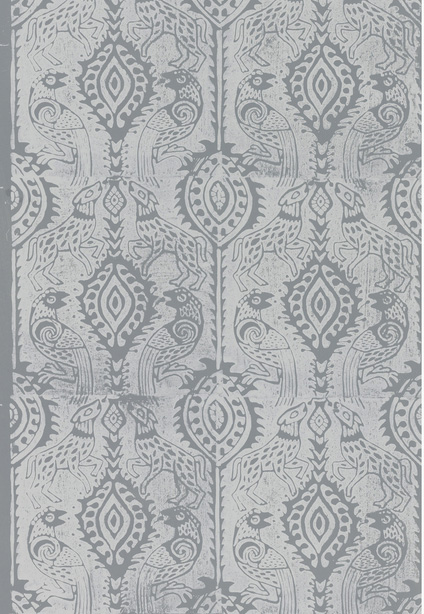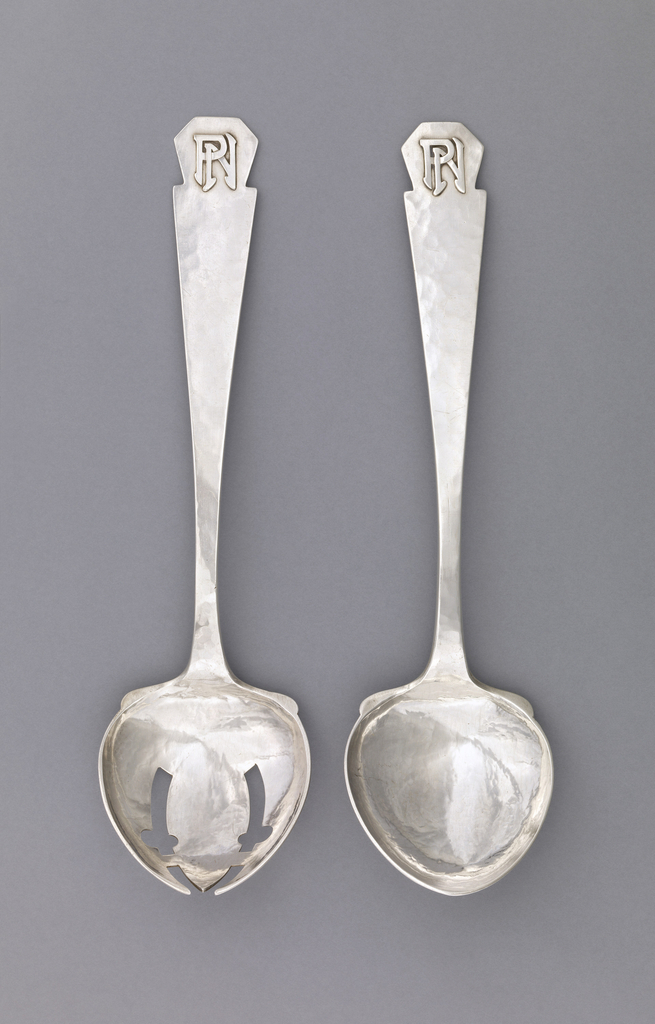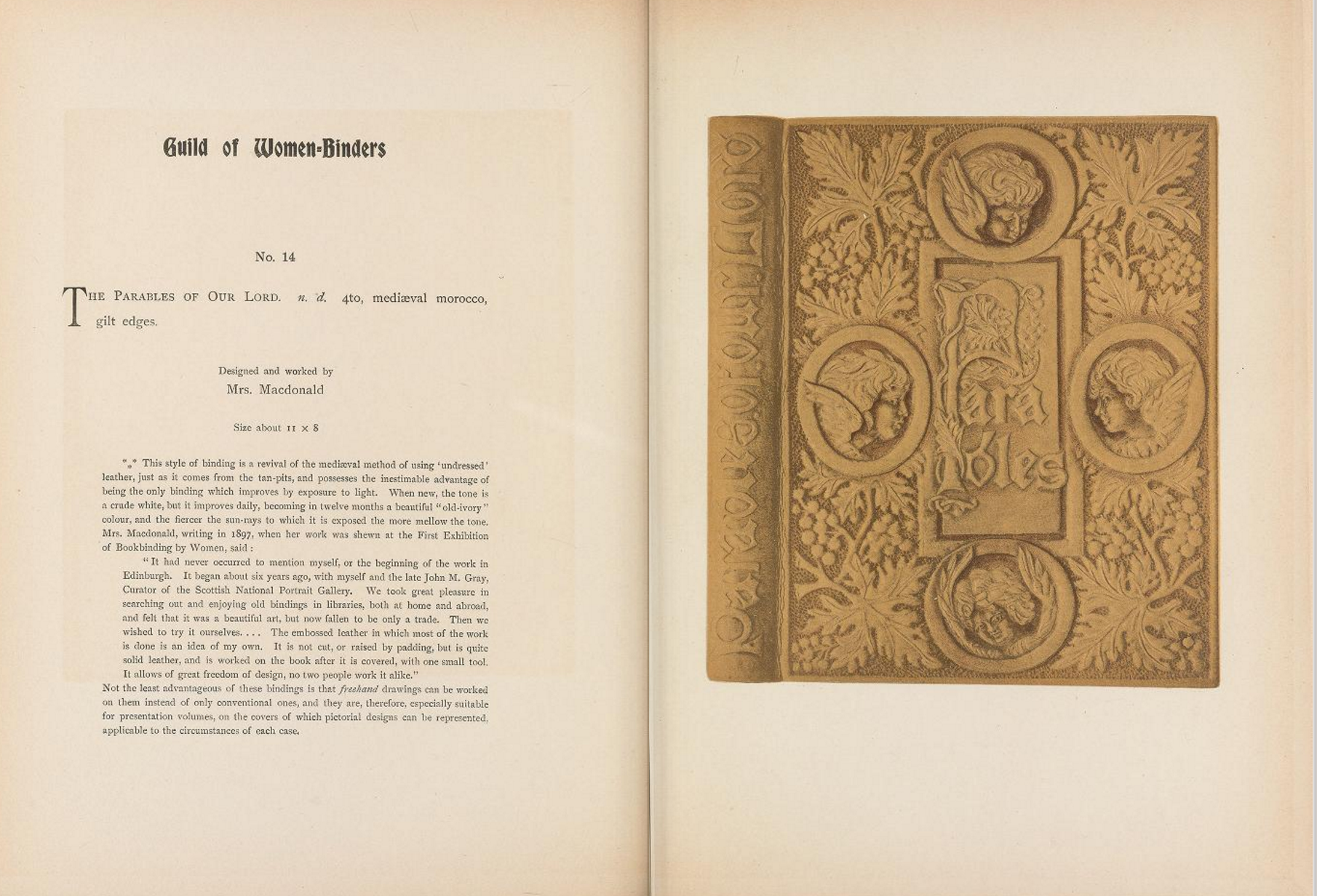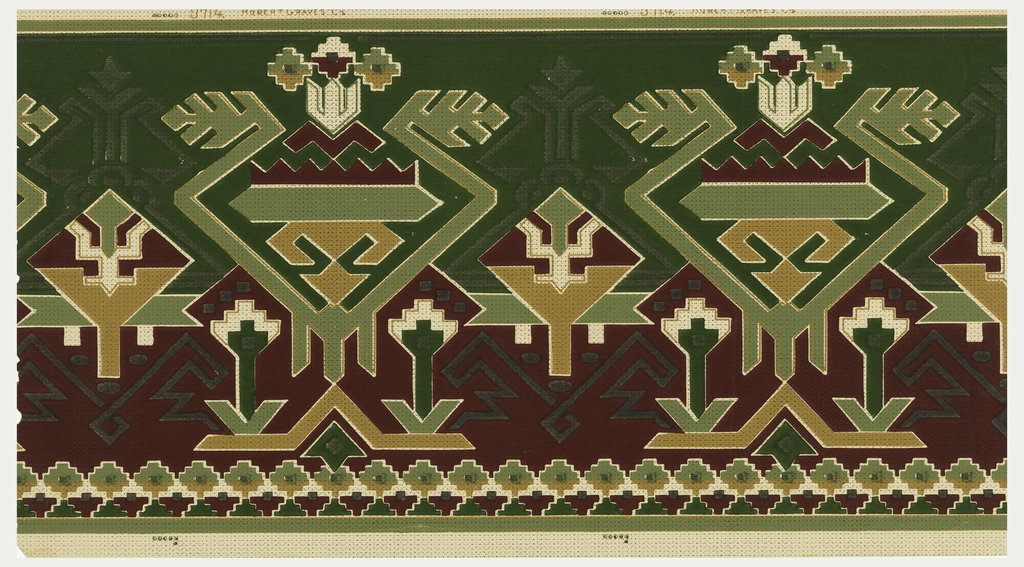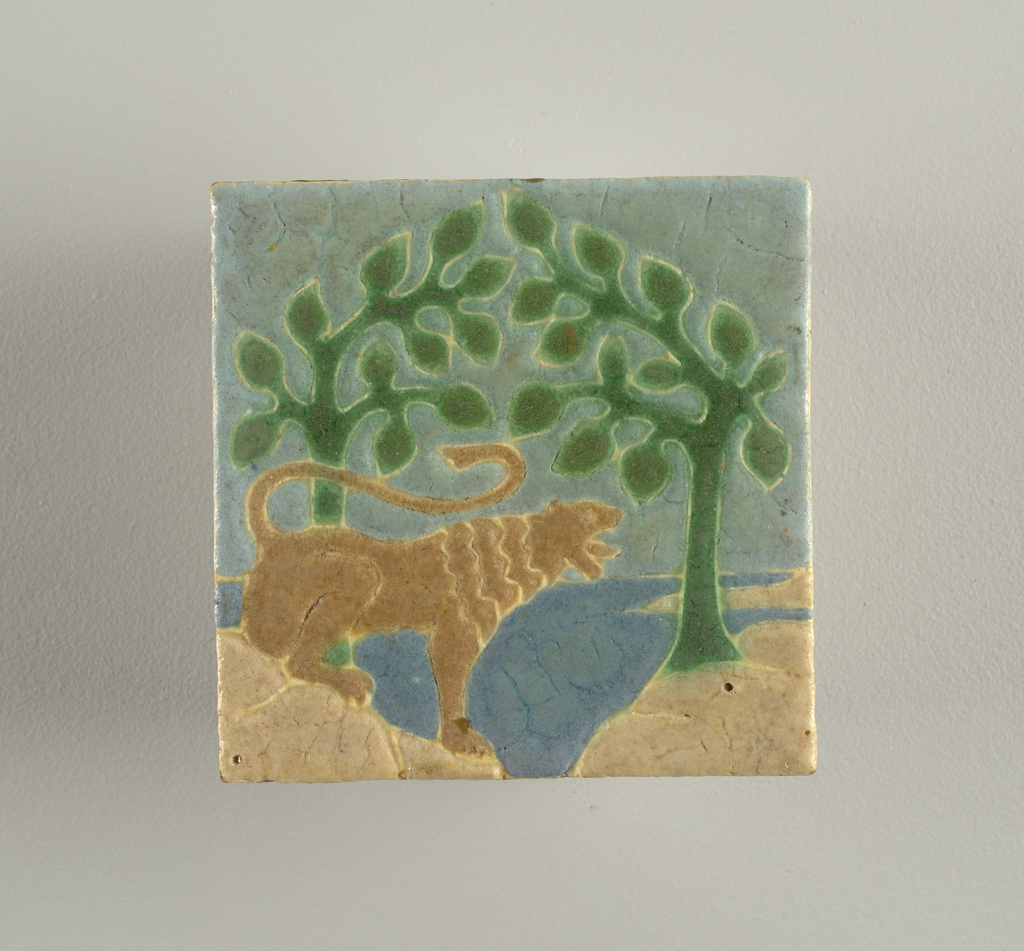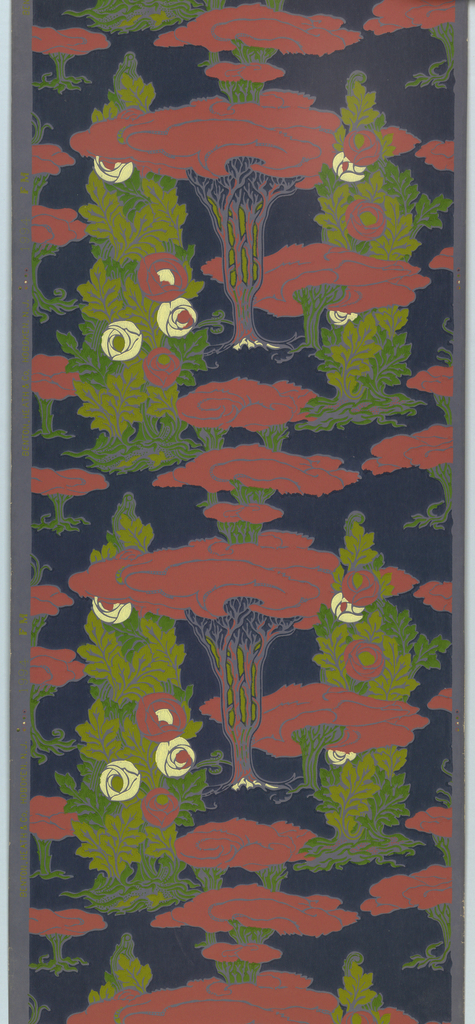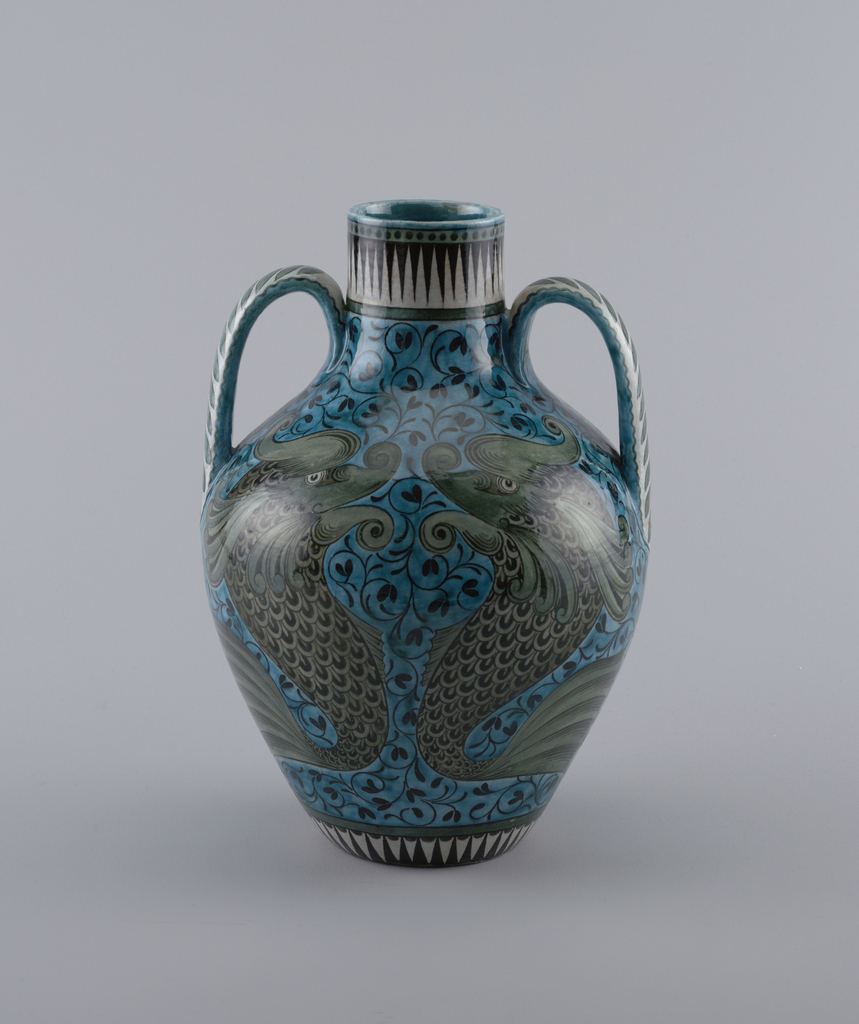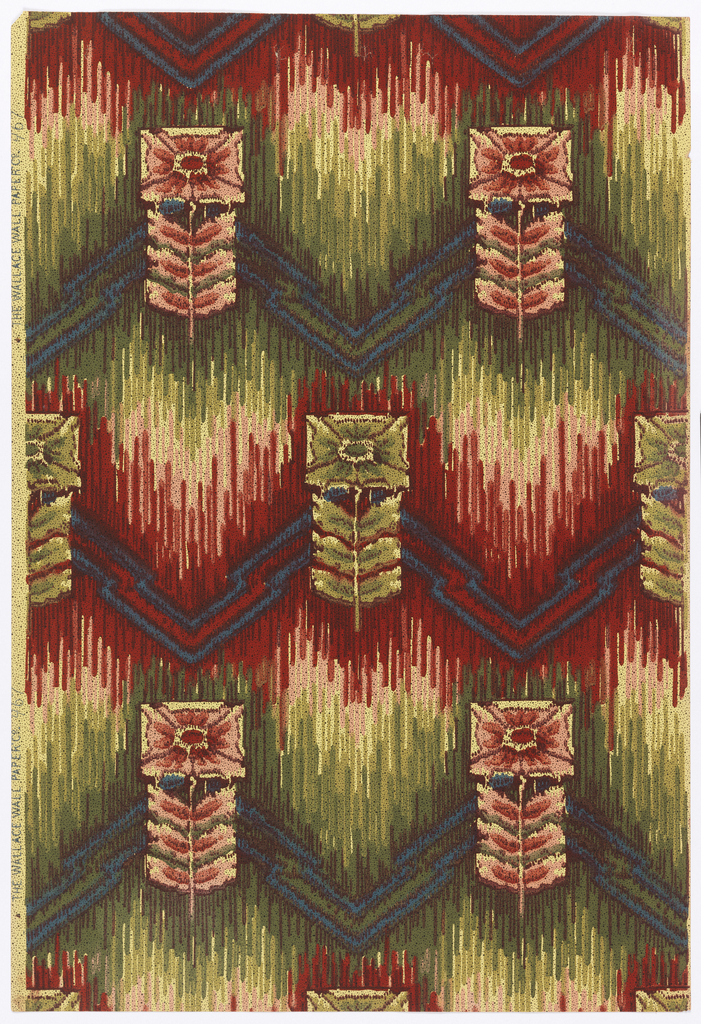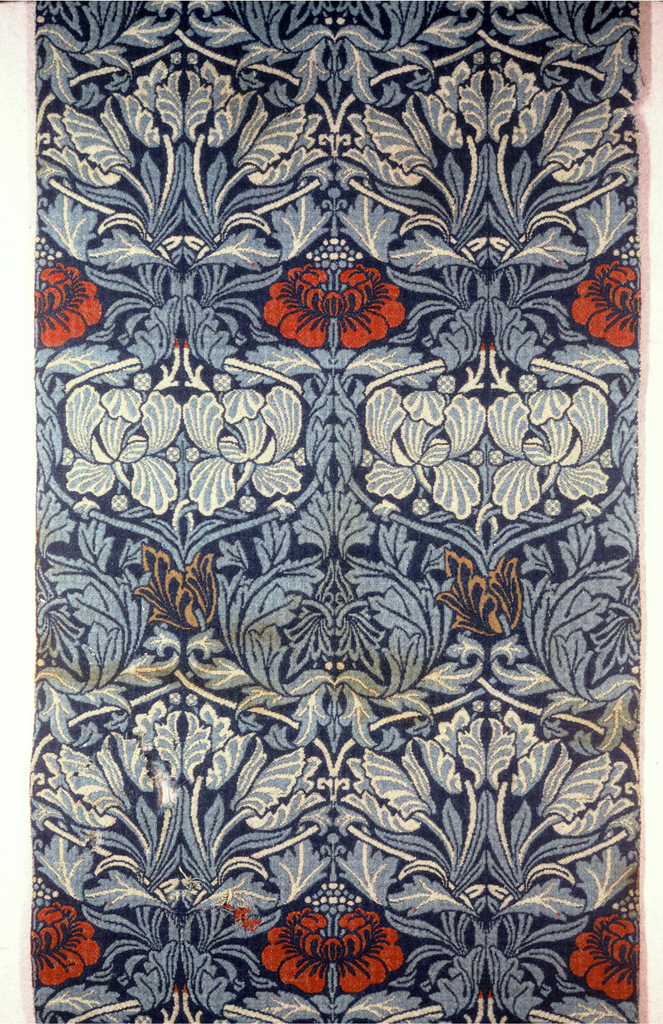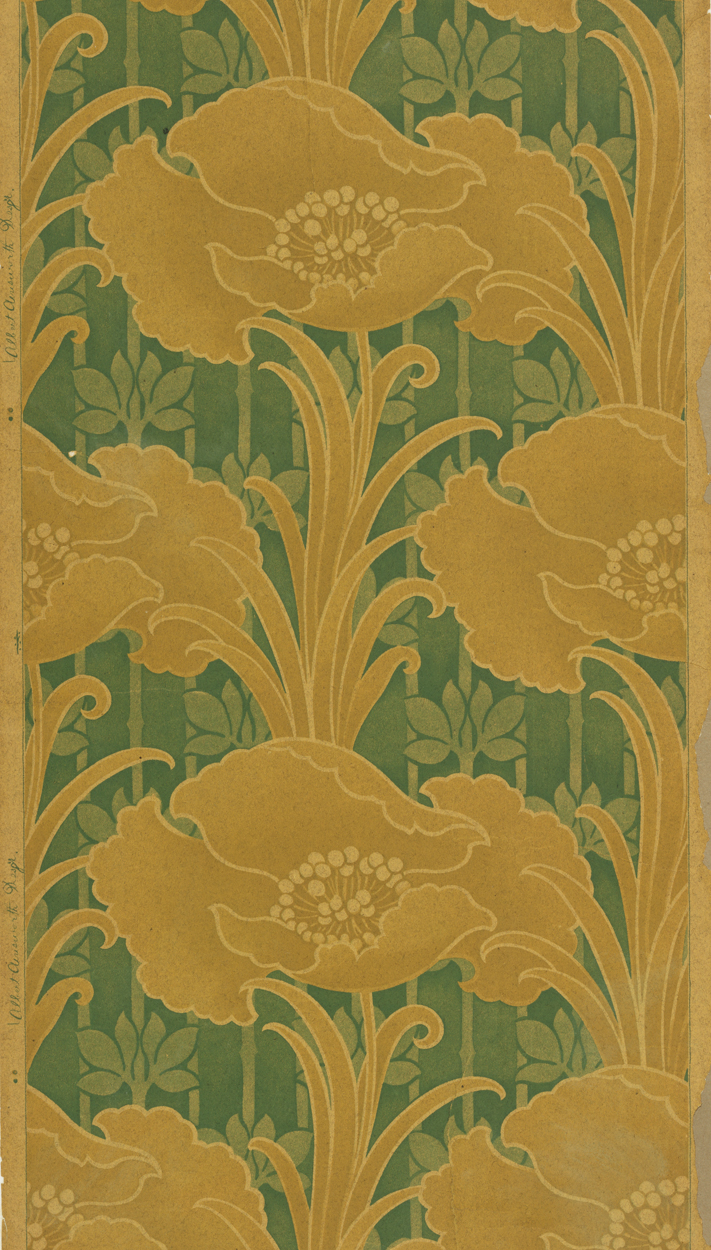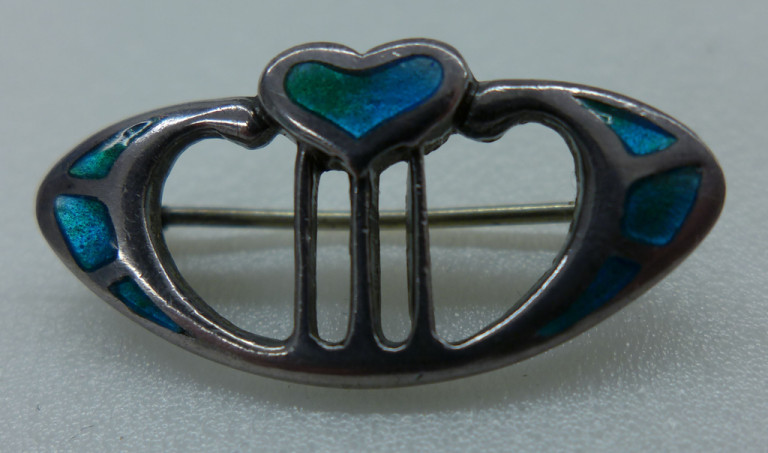In celebration of Women’s History Month, March Object of the Day posts highlight women designers in the collection. Horn Poppy is a block-printed wallpaper designed by May Morris for Morris & Co. May designed wallpapers and textiles for the Morris & Co. firm and is the younger daughter of designer and craftsman William Morris. This...
The Central Park Zoo: home to exotic birds, barking sea lions, and remnants of artist, William Hunt Diederich. Upon the Zoo’s 1934 renovation, Diederich was commissioned to complete a series of iron weathervanes. Today, on the roof of a maintenance facility on the Zoo’s south end, four replicas of those original weathervanes remain. A cat,...
The publisher J.M. Dent was an admirer of William Morris’s Kelmscott Press, founded in 1889 and known for expensive, lavish publications featuring illustrations and decorations by artists such as Edward Burne-Jones printed from hand-cut woodblocks. Dent conceived the idea of producing books in the style of the Kelmscott Press but at a much lower cost,...
In celebration of Women’s History Month, March Object of the Day posts highlight women designers in the collection. This sidewall, with its medallions and stylized animal imagery, brings to mind medieval and Renaissance brocades made centuries earlier. However, its two-tone blue gray color scheme has little in common with the vibrant colors of those rich...
Founded by Clara Barck Welles in 1900, the Kalo Shop was one of the most successful workshops of the Arts and Crafts movement. The name “Kalo” derives from the Greek word for beauty and the motto of the Kalo Shop was “Beautiful, Useful, and Enduring.”[1] The output of the Kalo Shop lived up to this...
Frank Karslake introduced the Guild of Women Binders in 1898 after meeting an influential group of female bookbinders in various parts of Britain; many of whom worked in shops under men or even from their own homes. Karslake first became interested in these makers in 1897 when he visited the Victorian Era Exhibition at the Earl’s...
This frieze by the New York-based Robert Graves Co. is an excellent example of the use of Native American motifs in American design at the turn of the century. Though this was an age that saw an unprecedented suppression of native culture, Native American art itself saw an unprecedented wave of appreciation and praise, particularly...
The Grueby Faience Company was founded in Revere, Massachusetts, in 1897. Grueby quickly grew in popularity and soon collaborated with Tiffany and Co. to produce ceramic lamp bases. Best known for their creation of a distinctive forest-green glaze, Grueby used this colorway on their iconic vases and tiles. Grueby garnered many awards, including accolades from...
Floating trees with foliage like red clouds form the dominant motifs of this unusual, slightly psychedelic early twentieth-century sidewall. This excellent example of an Art Nouveau-style paper was made by Benton, Heath, & Co. of Hoboken, New Jersey. American wallpaper producers first started making papers in the Art Nouveau style in the mid-1890s, after examples...
William De Morgan’s ceramic decoration was often inspired by the medieval world, similar to the practice of his dear friends William Morris and Edward Burne-Jones. De Morgan’s vases and tiles were frequently adorned with fantastical animals, beasts, and grotesques. On this vase, two stylized fish recall the designs found in illuminated manuscripts. Their bodies gently...
This wallpaper manufactured by Wallace Wall-Paper Co. is dated 1906-08. Although it is machine-printed on paper, the vertical thread-like lines make it look like a woven textile. A variety of textiles have been used to cover walls, so it is not surprising that the earliest and consistent influence on wallpaper design has come from textiles....
Tulip and Rose, designed by William Morris (1834 – 1896) for Morris & Co., is exemplary of Morris’ goals for the Arts and Crafts movement. The floral design was created with five colors (navy blue, ice blue, red, white and yellow) in a tight pattern of stylized curving leaves and vines of white and light...
In 1905, the same year that influential architectural theorist Adolf Loos sounded the modernist rallying cry against ornamentation, a small-town New Jersey designer named Albert Ainsworth decided he was going to go ahead and design a highly ornamental, floral wallpaper anyway. Floppy, mustard-yellow poppies grow from spindly fronds of the same color. A muted, green...
In summer, when weddings are frequent, the thought of objects given in affection or love, makes a visit to the jewelry collection seem appropriate. This heart-form brooch is one of a group of jewelry by Charles Horner (English, 1821-1896) given to the Museum in December. Horner (English, 1821-1896) was an actual silversmith, watchmaker and enamellist...
